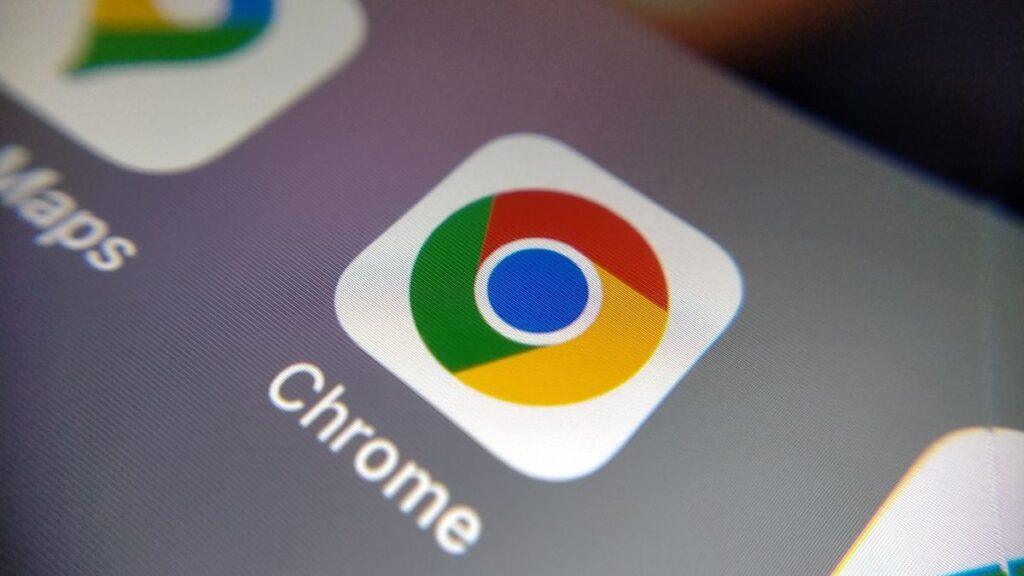- Google for Android has a new feature for duplicate tabs
- Archive duplicate tabs and show the most recent one.
- It’s available in Chrome Canary right now.
Avid Google Chrome users often have to juggle multiple tabs, especially duplicate tabs. In the desktop browser, there are battery saver and memory saver features to mitigate the huge memory costs of all open tabs, but Android browser users haven’t had a proper option until now.
According to Chrome researcher @leopeva64 from X (formerly Twitter), the latest version of Chrome Canary has a new feature that, when enabled, will automatically archive duplicate tabs. If you have multiple tabs that duplicate information, Chrome will archive the oldest ones and leave the most recent one in the tab selector. This is only for the Android version of the browser, and the process is still manual on the desktop version.
Please note that this is still only usable in Canary and therefore developer only, meaning there is no guarantee it will be released globally as a stable version. That said, users can still install the Canary version of the browser and try the feature for themselves.
What else is new in Google Chrome for mobile?
Google Chrome for Android is not the only mobile version that has attracted attention. He iOS version It has also received a lot of love. In November 2024, four updates were announced: improvements to Google Lens search, online shopping, and integrations with Google Drive, Google Photos, and Google Maps.
The Google Lens update affects search, which already allows you to use a photo from the camera or your gallery, allowing you to refine them with additional text. The second is Shopping Insights, where if you see a product in Chrome that Google knows is available online at a discount, it will show a “good deal now” notification in the address bar.
There’s also integration between Chrome for iOS and other Google services, allowing you to transfer files between them. Finally, the process of opening a map popup without opening Google Maps has been simplified and only requires one tap.
That said, in typical iOS fashion, it’s late to the party since Android already has these features. But better late than never, right?




